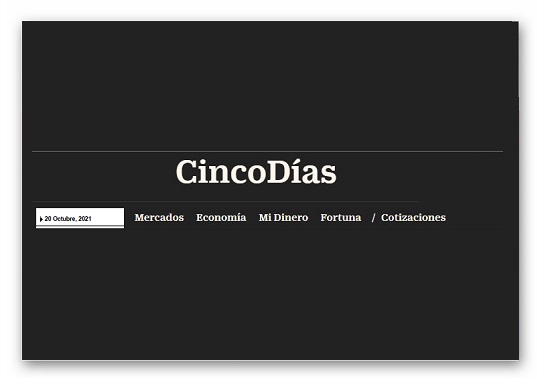.jpg)
During the last years the protectionist policies in terms of good and services price fixing, interest or exchange rates have been left behind; therefore trade restrictions have been made more flexible and the economy, globalised. This entails that the risk framework in which the companies operate has changed during the last decades, by setting new challenges.
14 july 2016
The technological and telecommunications advances allow for the diffusion of information in real time, as well as the design and use of financial instruments more and more complex. As the full university professors Eyelin Bello Caballero and Yaicel Rancel Díaz explain in their study “Tools Derived for Risk Coverage”, this new situation affects the company, since it has effects in its future results. Most of the risks are inherent to their business activity, and are called business, economic or firm risks.
Also, apart from these business risks, there are others of financial origin that have more and more influence on the companies, since they are outside their control. Among the main financial risks to which a firm is subjected to, the scholars emphasise the following ones:
- Movements of raw materials prices.
- Exchange in foreign rate changes.
- Oscillating price of energy.
- Modifications in the exchange rate of its own currency (if it grows, it will reduce its competitiveness abroad, and the contrary will occur when descending, if it is expressed indirectly)
- Changes in interest rates of its country, which affect the cost of its debt and, probably, to its sales revenue.
- Alterations in the interest rates of other countries that will affect their competitors, therefore, to the sales behaviour of the company, etc.
With time and the rise of uncertainty in the financial environment, effects of this kind have grow in turn. While the managers of the firms have started to setting out the their management aiming to limit potential losses and stabilising business flows.
With time and the rise of uncertainty in the financial environment, effects of this kind have grow in turn
The first practices that started to being used were based on balancing mechanisms that affected the exploitation results, thus firms controlled their interest rate risks aligning the actives and passives of similar maturity. Another method was the accumulation of surplus stocks. However, these techniques suggested certain difficulties.
This way, over the years new techniques that have bring the appearance of the new derivative financial instruments have been developed. These, when correctly used, allow for transferring the risks to which the agents are subjected to without creating additional risks, which makes possible to anticipate the favourable or unfavourable consequences of the changes. “This fact allows for limiting the potential losses and and stabilising cash flows, also providing flexibility, rapidity, accuracy and low transaction fees”, indicate the authors. The use of this resource has risen due to the volatility of the prices and financial assets.
This way, over the years new techniques that have bring the appearance of the new derivative financial instruments have been developed
Regulations change
The accounting regulations today in force that regulate the accounting of the financial instruments is the NIC 39 (Financial Instruments: Recognition and Measurement). Nevertheless, in July 2014, it finished the modification project of this norm with the publication of the NIIF 9, which will be effective in the EU for exercises that started from 1 January 2018 replacing the previous one. This NIIF will apply to all the financial assets within the reach of NIC 39. The NIIF 9 completes the main world financial crisis and meets all the aspects of the financial instruments accounting: classification and measurement, deterioration and hedge accounting.
The NIIF 9 completes the main world financial crisis and meets all the aspects of the financial instruments accounting
Unlike NIC 39, the future norm establishes criteria based on principles, not in regulations. Another change important in the regulations refers to the accounting of the credit losses, establishing a model of estimated losses. The new model has a new objective to tackle the critic carried out in the recent financial crisis of a accounting of credit deterioration “too little, too late”, specially posed in the financial sector.
Finally, a third reviewed aspect is the hedge accounting, with a reformed model that improves the information to the external users on the activity of risk management of the entity.
For more information, click here.











